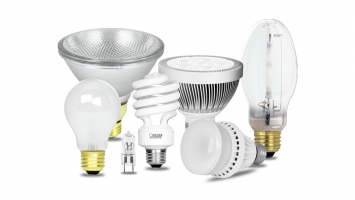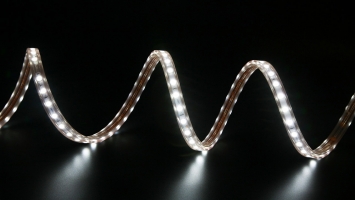
Light beam angle is an angular expression that shows how light emitted from a light source. Light sources can be defined as narrow angle from 5 to 45 degrees, wide angle from 45 to 120 degrees.
First of all, let’s start by explaining the concept of narrow angle and wide angle. If it is an interior place, the beam angle should be selected depending on the ceiling height. If it is an outdoor place, the beam angle should be selected depending on the height of pole or the height of the place. Wide angle light sources should be preferred at low points, narrow angle light sources should be preferred at high points according to the surface to be illuminated.
If you place wide angle lighting fixture at a high point, the light will dissipate before it reaches the ground. Therefore, it will not provide sufficient light. On the other hand, if you place narrow angle lighting fixture at a low point, it only illuminates a small area. There will be dark spots and you will not be able to achieve a homogeneous lighting.
LEDs are directional light sources. Therefore, especially after the introduction of LED technology into our lives, the concept of light angle was taken into consideration by the consumer. Because beam angle was actually an important element that determining how to do the lighting.
LEDs typically emit light at a 120 degree angle when no optical material is used. However, some types of LED, such as TH LED, Power LED, an optical material called primary optical can be placed on the LED package. In this way, the LED package can automatically have a light angle of 30, 60 or 90 degrees.
Written by Emre Yılmaz – Aydınlatma Portalı, Asya Traffic Inc.







COMMENTS
MAKE A COMMENT